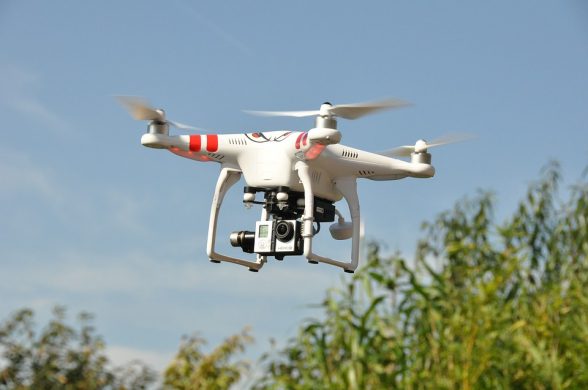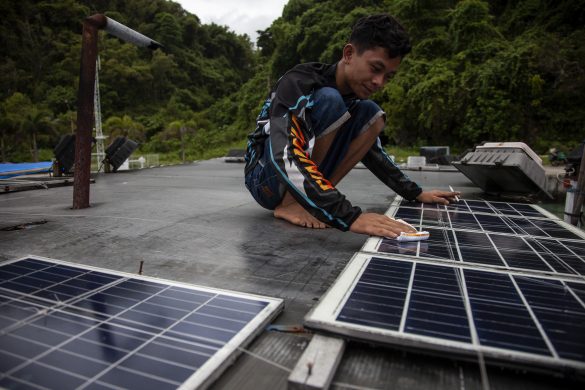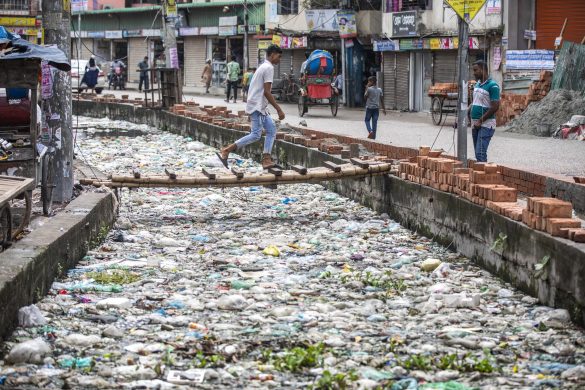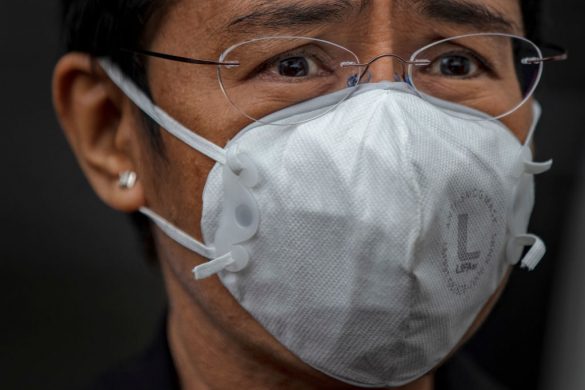25 April 2016 (FAO): In a bid to stay ahead of the negative impacts of climate change, floods and typhoons on food security, the Government of the Philippines and FAO have started using unmanned aerial drones to assess where farmlands are most at risk from natural disasters and quickly assess damages after they strike.
Under a pilot phase of the still-fledgling project funded by the Ministry of Agriculture of the Philippines and the FAO, two drones have already been sent soaring over the Philippines provinces that have been affected by the current El Niño.
Some 25 FAO and government technical experts are ready to be deployed across the archipelago to support drone missions. They were recently trained over three weeks on how to fly the drones and learned a range of remote aerial assessment methods.
Data identifies particular risks
The drones are equipped with navigation and photogrammetric equipment that can generate detailed and data rich maps from aerial photographs including Normalized Difference Vegetation Index or NDVI, a formula used for assessing vegetation and plant health.
Capable of covering up to 600 hectares a day, the drones should significantly accelerate the process of risk analysis, according to Christopher Morales, Director of Field Operations for the Philippines Department of Agriculture.
A new tool for countries at risk from natural disasters
Such disasters impact heavily on farms and food systems, leaving people without food in their immediate aftermath and undermining food production capacity for years afterwards.
Approximately 20 strong typhoons affect the Philippine Area of Responsibility each year. In 2013, Typhoon Haiyan alone devastated 600 000 hectares of farmland and caused over $700 million in damage to the agriculture sector. In addition, the country is also highly vulnerable to other natural hazards such as drought, flooding and volcanic eruptions.
The vulnerability of the agriculture sector to natural hazards is evident elsewhere across the globe as well. Nearly a quarter of all damages inflicted by natural hazards such as drought, floods storms or tsunamis in the developing world are absorbed by the agriculture sector, FAO studies have shown.
Preparing for such events and taking steps to reduce risks to farmers and farming systems can greatly reduce such damages and avoid the need to build agriculture back from scratch following a disaster.














